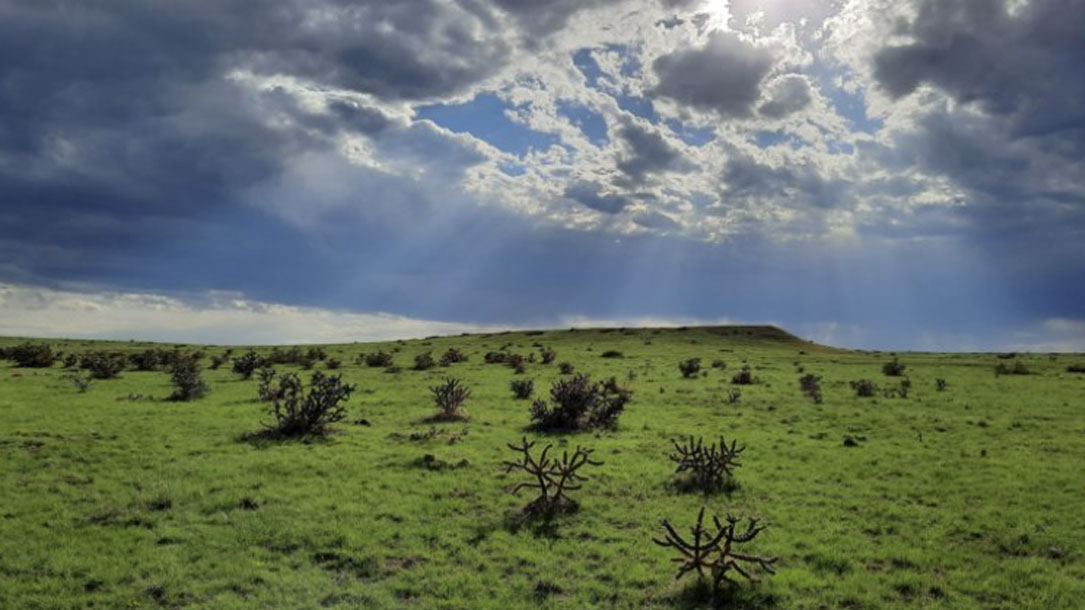
Medford Spring Grassland Conservation
“Grasslands store one-third of the Earth’s carbon, and just one acre of grassland can store an estimated 50 tonnes of carbon or more. Yet, in the U.S., over one million acres of grassland are still converted each year, which has the potential to release 50%-70% of the carbon they hold as carbon dioxide (CO₂).
The Medford Spring grasslands in southeastern Colorado are facing an imminent threat of conversion to cropland given its soils are suitable for farming, and cropland rental rates for winter wheat, milo, sorghum, alfalfa, and other row crops, are more than five times pastureland rates in Bent County, CO. A permanent conservation easement will preserve the grasslands and avoid conversion of the land to farming or development. This will prevent an estimated 190,000 tonnes of CO₂ from entering the atmosphere over the next 50 years. This is the equivalent of almost 208 million pounds of coal burned…”

The Climate Action Reserve
“As the premier carbon offset registry for the North American carbon market, the Climate Action Reserve encourages action to reduce greenhouse gas (GHG) emissions by ensuring the environmental integrity and financial benefit of emissions reduction projects.
The Reserve establishes high quality standards for carbon offset projects, oversees independent third-party verification bodies, issues carbon credits generated from such projects and tracks the transaction of credits over time in a transparent, publicly-accessible system.
The Reserve offsets program demonstrates that high-quality carbon offsets foster real reductions in GHG pollution, support activities that reduce local air pollution, spur growth in new green technologies and allow emission reduction goals to be met at lower cost…”

Sustainability and climate change initiatives
In their most recent climate initiative, the Kennebec Land Trust Finance Committee worked with Kennebec Savings Bank Investment and Trust Services to move their investments into a Socially Responsible Investment (SRI) portfolio that is aligned with their mission. SRI considers environmental, social, and corporate governance criteria to generate long-term competitive financial returns and positive societal impact.
As managers of forestland, they use and promote forest management practices that maximize carbon sequestration, including: protecting soil carbon, where about 50% of the carbon inventory is typically stored on a forested acre; promoting native species and increasing plant diversity to improve forest resiliency and carbon storage; harvesting sustainably; and taking a long-term view by growing high-value and larger diameter trees. On the ground, their forestry days at the Curtis Homestead are teaching the next generations…

Coastal access, climate change key as Maine Coast Heritage Trust turns 50
Land conservation efforts by the organization have increasingly taken community strength and health into account, as much as the environment, and conservation’s overall impact on the state’s economic foundation. As the climate changes, that focus is more important than ever, he [Tim Glidden, president of Maine Coast Heritage Trust] said…

Quantifying carbon stocks on conserved land
Carbon project development in Vermont is compatible with, and in fact would be aided by, participation in other forest stewardship programs. These include forest certification, cost-share by EQIP and the Forest Legacy Program, and Vermont’s Use Value Appraisal (UVA) Program (also known as Current Use).
All three major certification Vermont Forest Carbon: a market opportunity for forestland owners 4 systems in the U.S. (Forest Stewardship Council [FSC], Sustainable Forestry Initiative, and American Tree Farm System) can be employed to meet various requirements under CARB and the voluntary markets, such as the need to have a comprehensive forest management plan…
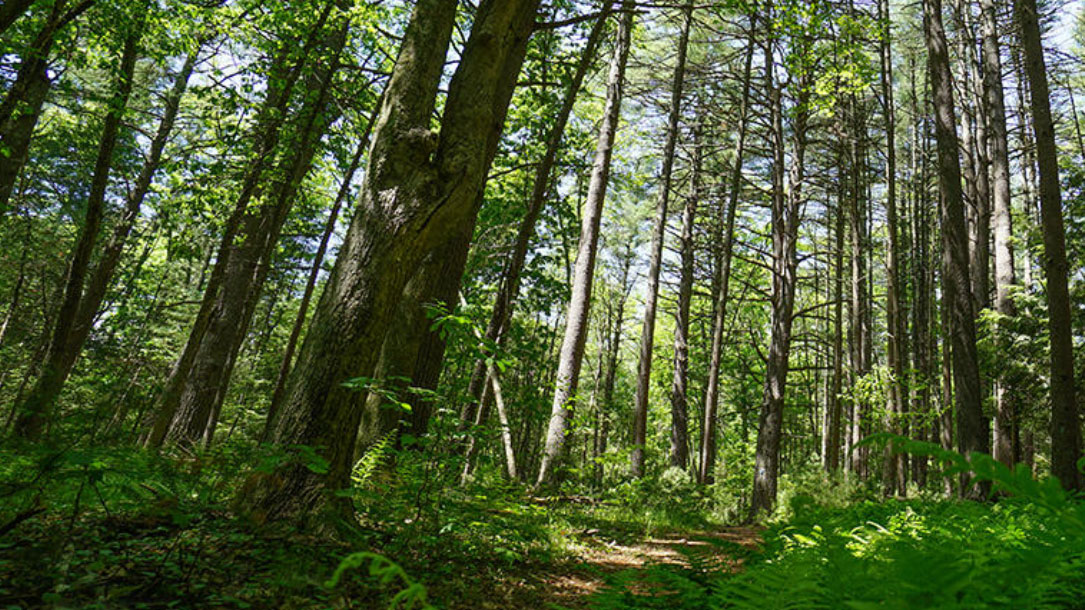
Capturing carbon in Mass Audubon forests
“Mass Audubon is committed to fighting climate change through conservation, advocacy, and education. And we are always looking for innovative ways to make a real and lasting impact. Our recent entry into the California Air Resources Board (CARB) carbon offset market is a prime example.
Establishing a price on carbon is an effective way to harness economic pressure to force carbon emissions reductions, but no policy has yet been implemented at the federal level. The best model is California’s comprehensive carbon emissions reduction campaign, which includes a cap-and-trade program for industries…”
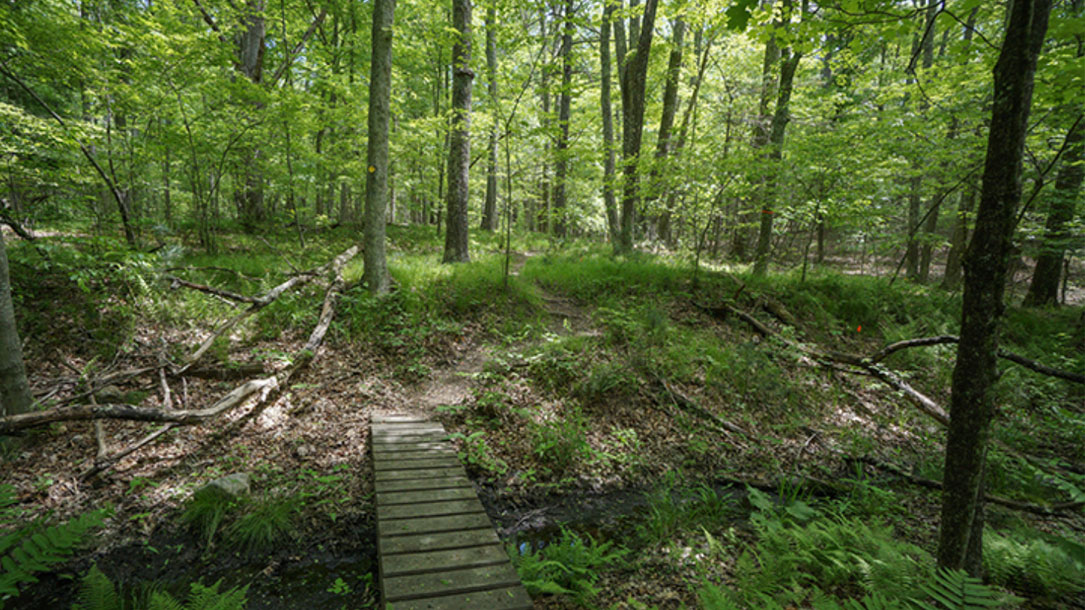
The role of land conservation in fighting climate change
At Mass Audubon, [their] land conservation strategy is directly linked to climate change mitigation and adaptation. As the largest private land owner in Massachusetts with more than 38,000 acres protected, [they] know how critical land conservation and effective land management is in the age of climate change.
[Their] recent entry in the California Air Resources Board (CARB) carbon offset market ensures that 10,000 acres of forested land will be protected for the next 100 years, ensuring the carbon stored in this critical landscape remains there…
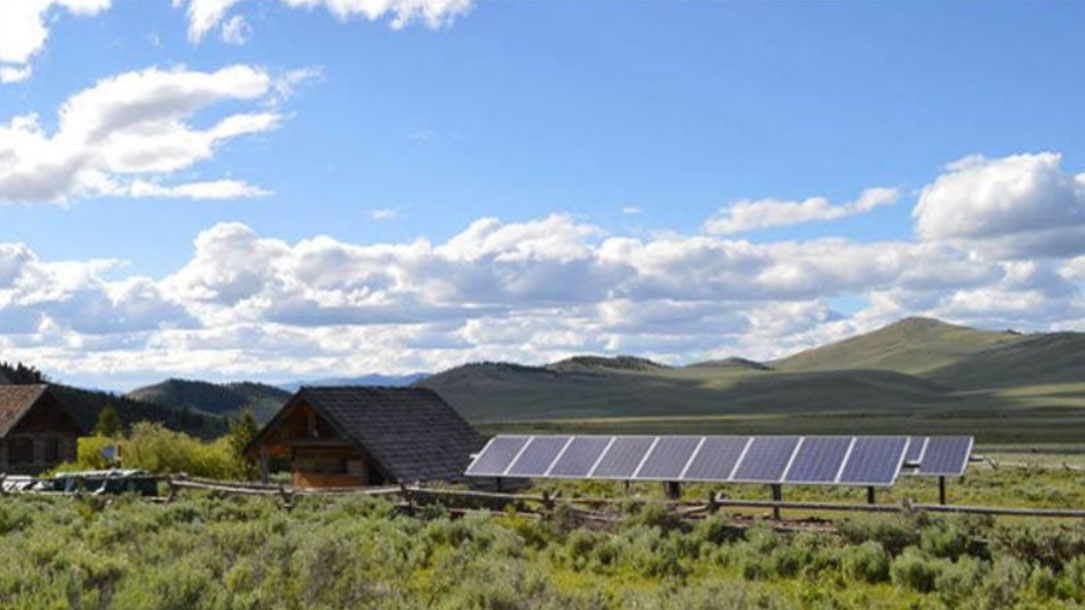
Solar for conservation
“GVLT is proud to have conserved over 45,000 acres across our region. While protecting land from development and fragmentation is the first step, protecting the ecological integrity of our natural resources is equally as important which is why we’re proud to announce a partnership with On Site Energy. What’s the connection between land conservation and solar energy?
Fish need cold, clean water to survive, and rivers need high altitude snow pack to keep them flowing throughout hot summer days. Ranchers and farmers depend on the availability of that water for irrigation, and wildlife depend on the intricate balance of the changing seasons to maintain viable habitats…”
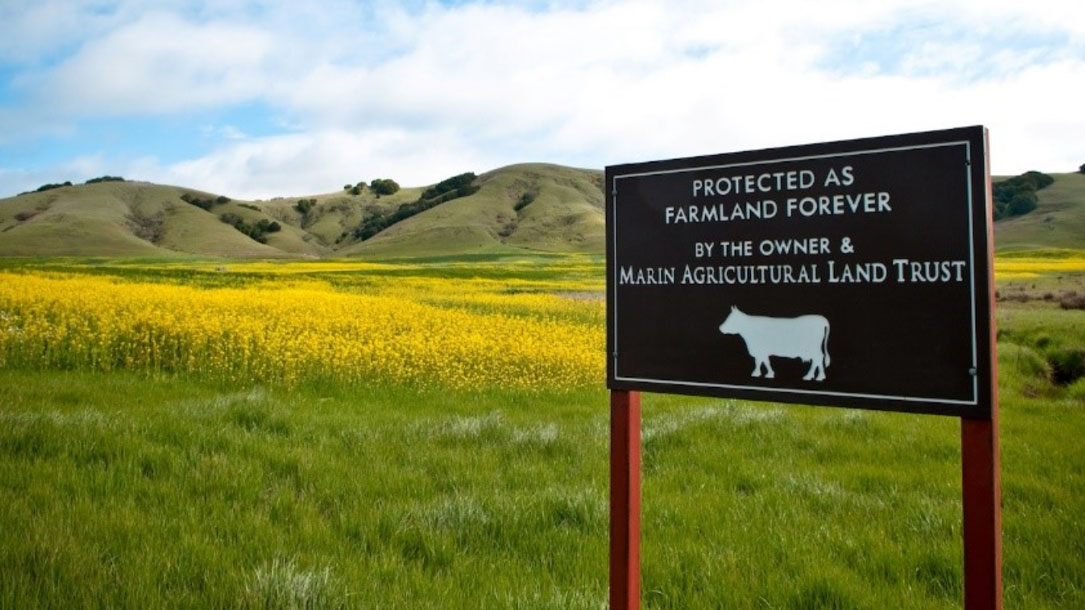
Can California’s protected farmland fight climate change?
“In the past year, the threat of climate change has risen to the forefront of public consciousness. With this growing awareness, many solutions are being offered to avert this crisis—from planting millions of trees to innovating electric car technology to passing state legislation to reduce greenhouse gas (GHG) emissions.
One powerful tool to address climate change is putting in action land use planning policies that preserve working farms and ranches…”
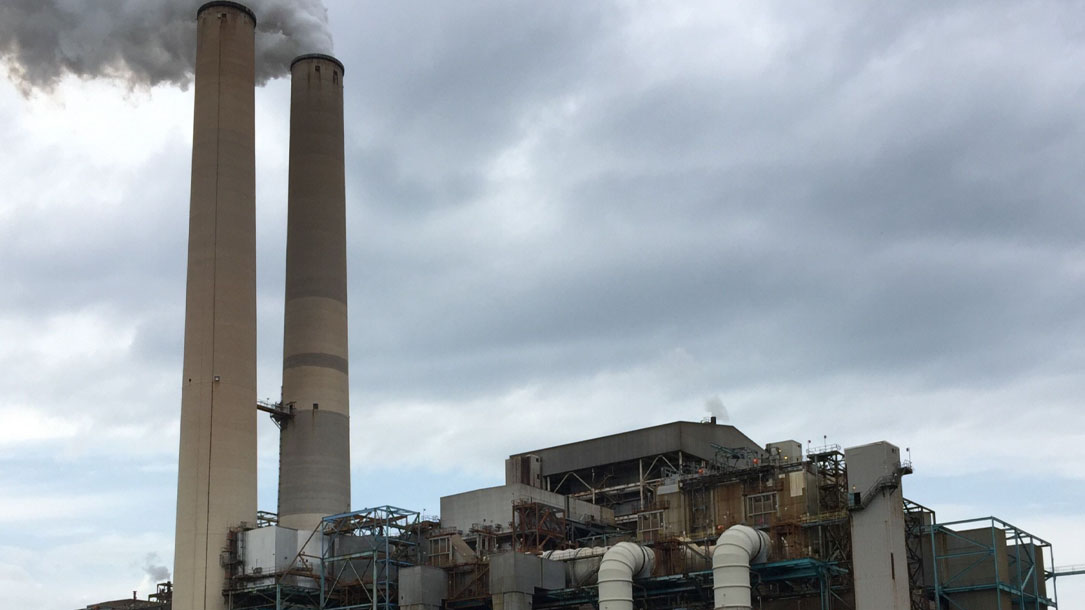
130 banks worth $47 trillion adopt new UN-backed climate policies to shift their loan books away from fossil fuels
Banks with more than $47 trillion in assets, or a third of the global industry, adopted new U.N.-backed “responsible banking” principles to fight climate change on Sunday that would shift their loan books away from fossil fuels.
Deutsche Bank, Citigroup, and Barclays, were among 130 banks to join the new framework on the eve of a United Nations summit in New York aimed at pushing companies and governments to act quickly to avert catastrophic global warming.
- « Previous
- 1
- 2
- 3
- 4
- Next »












